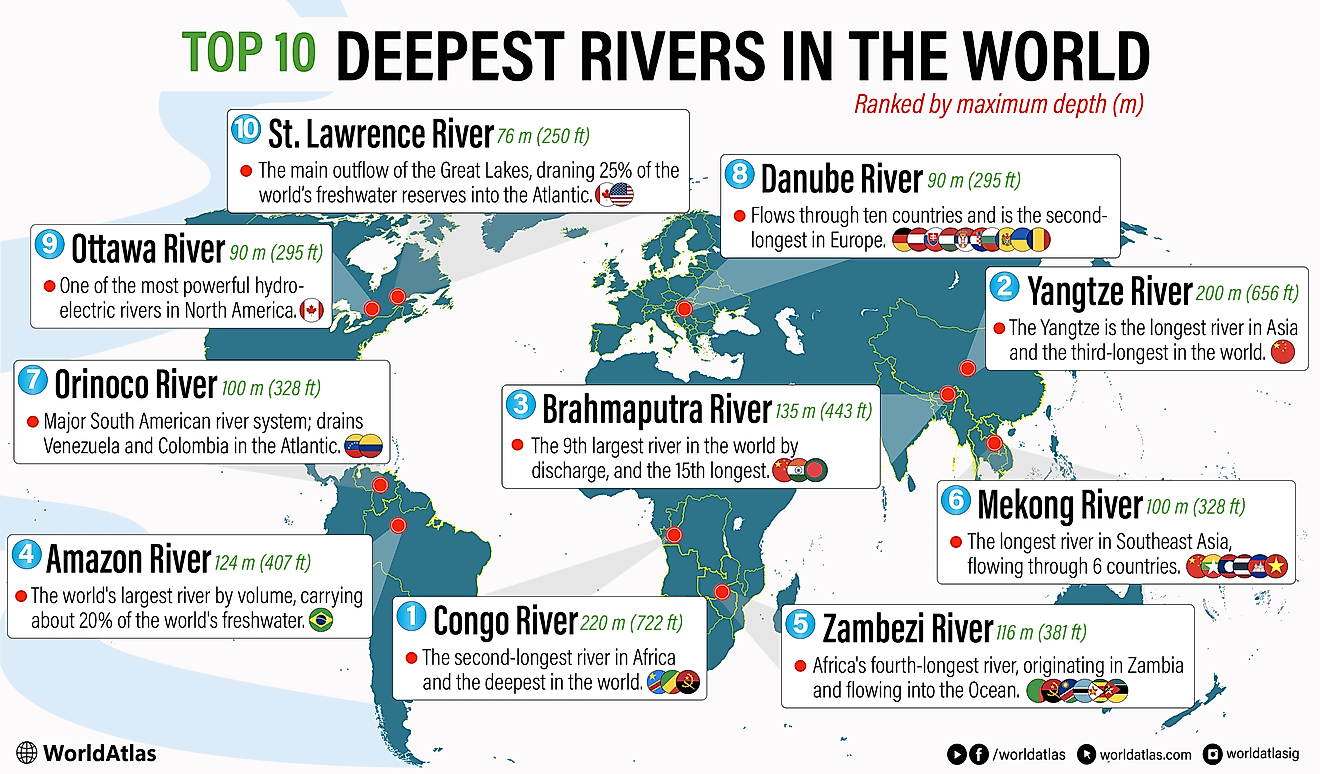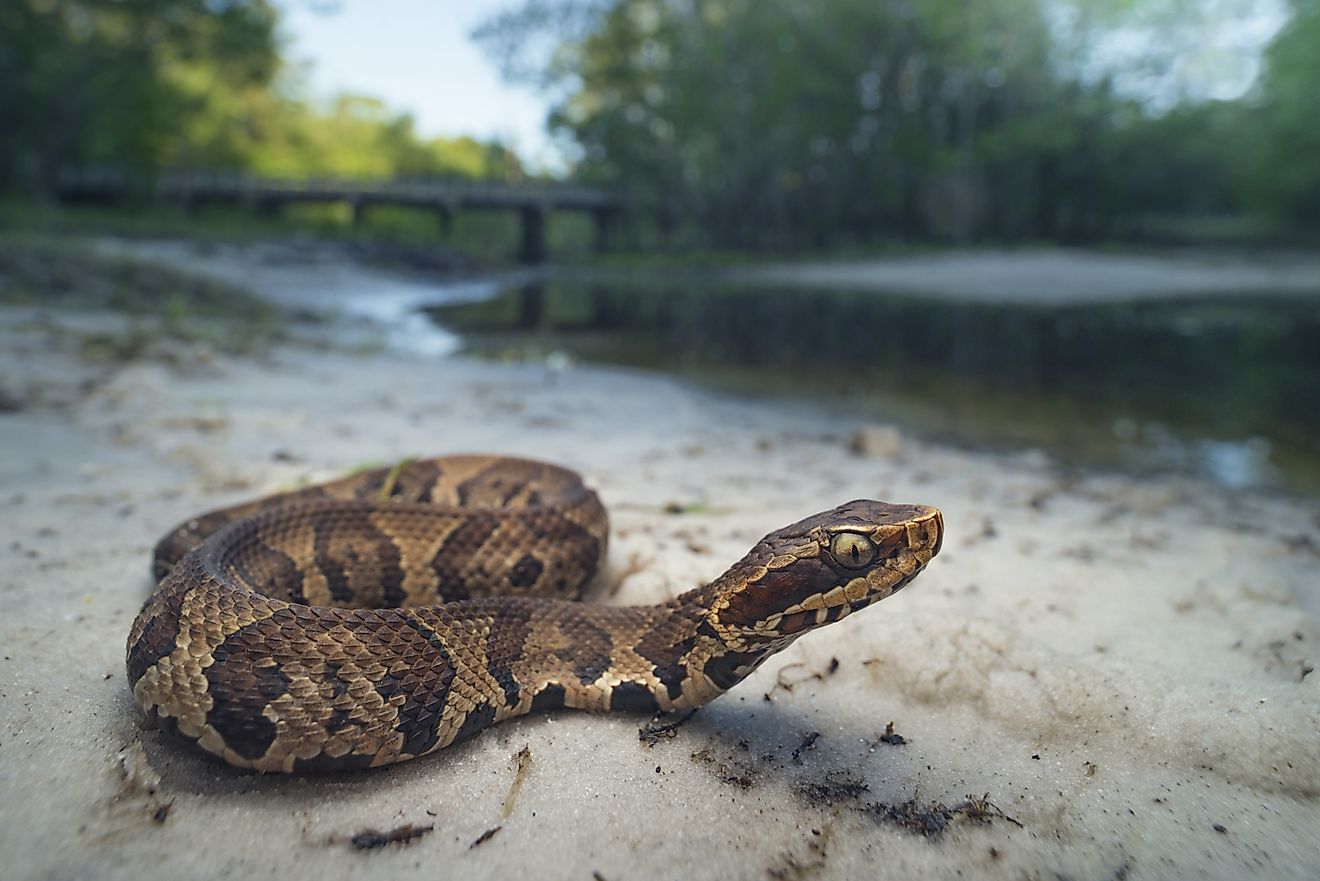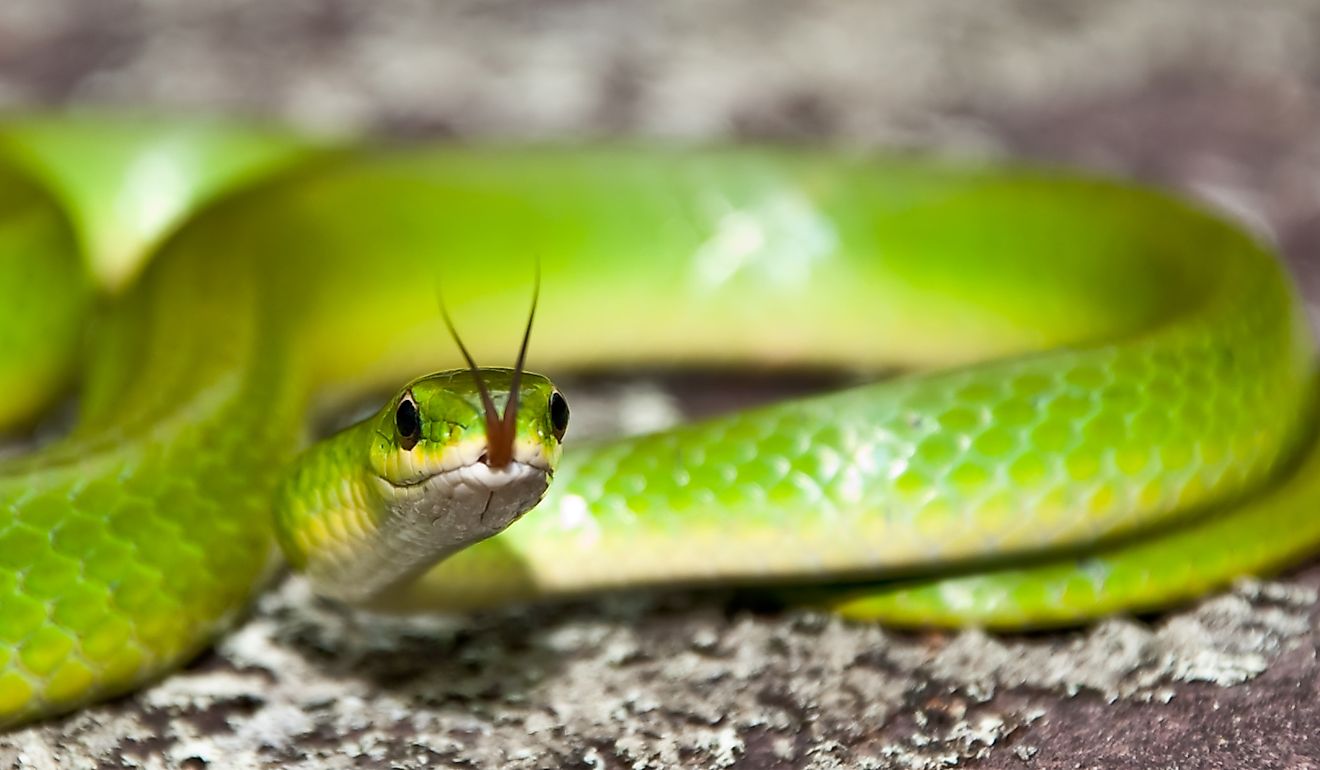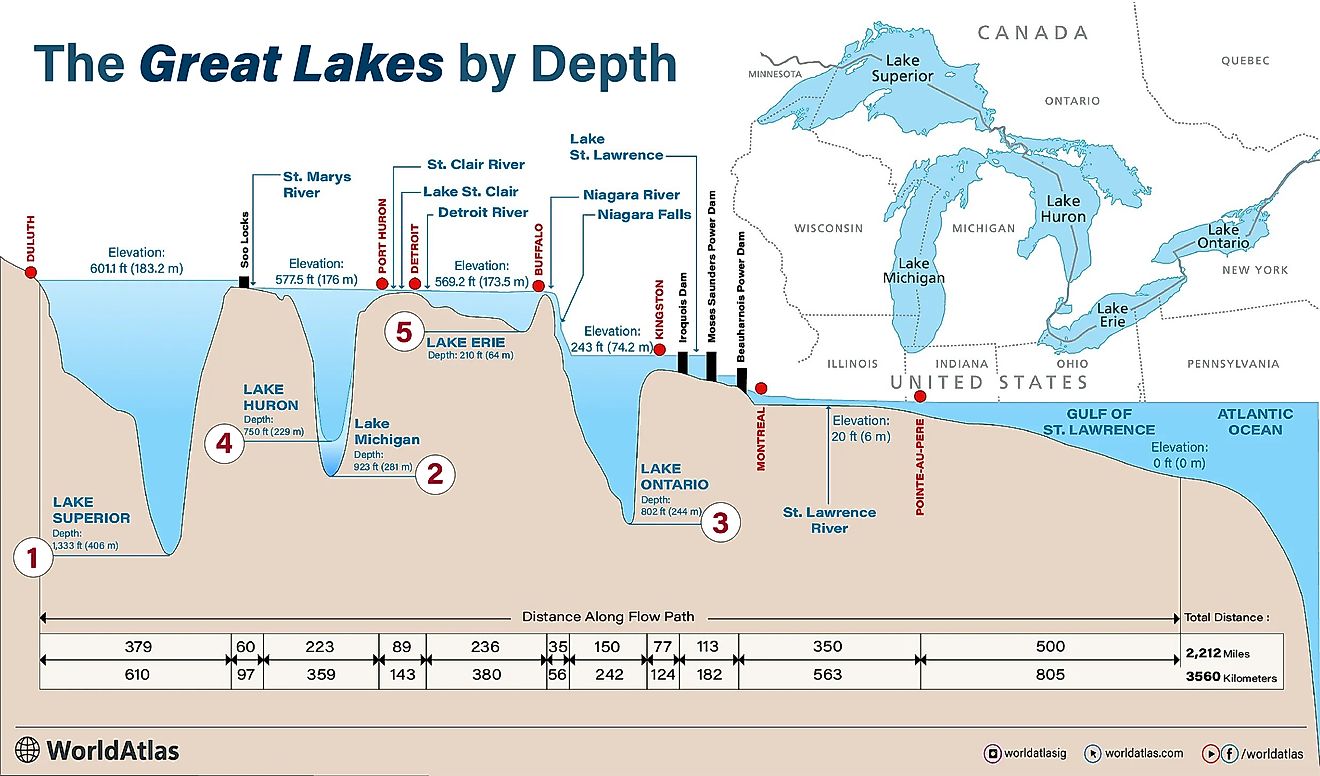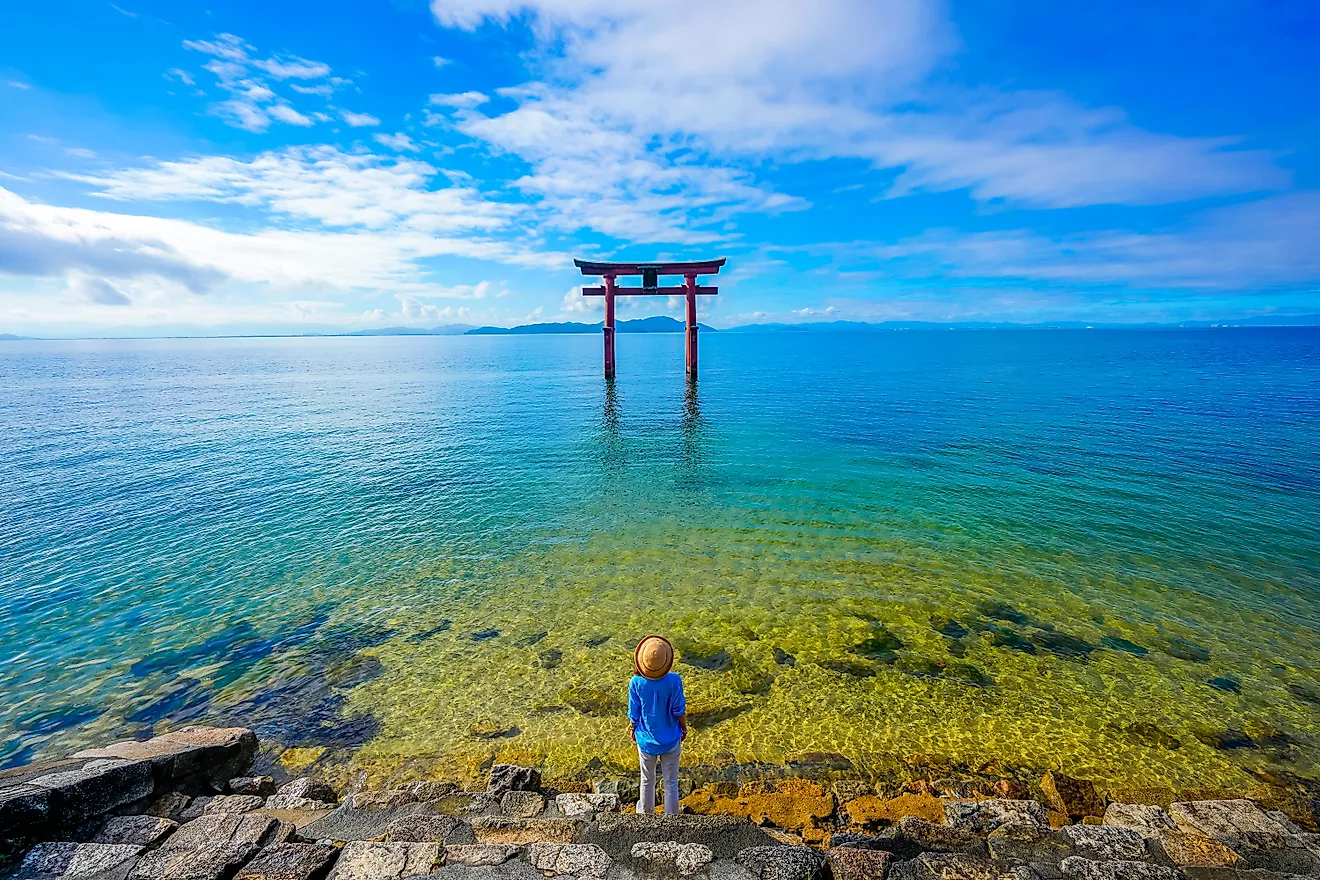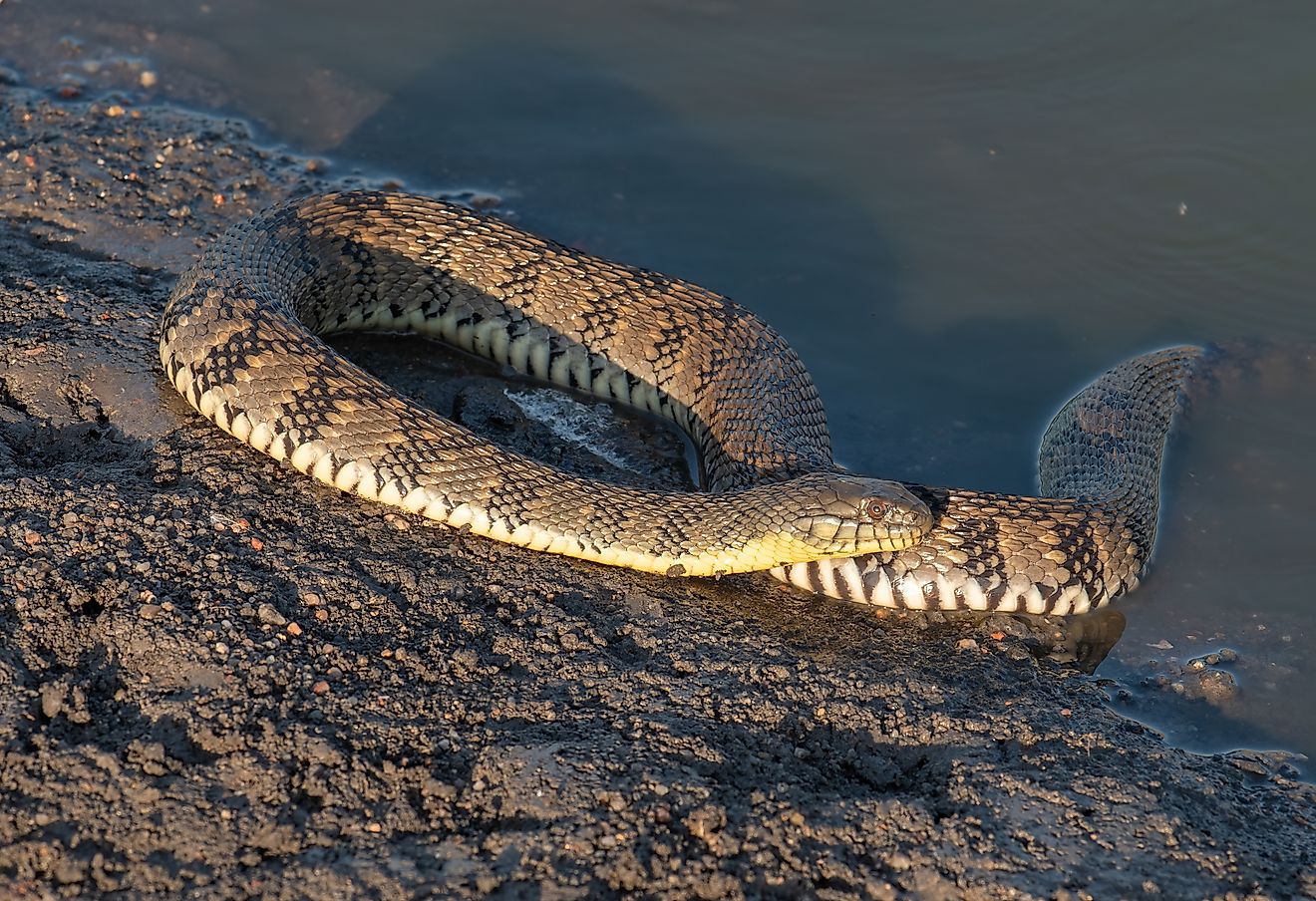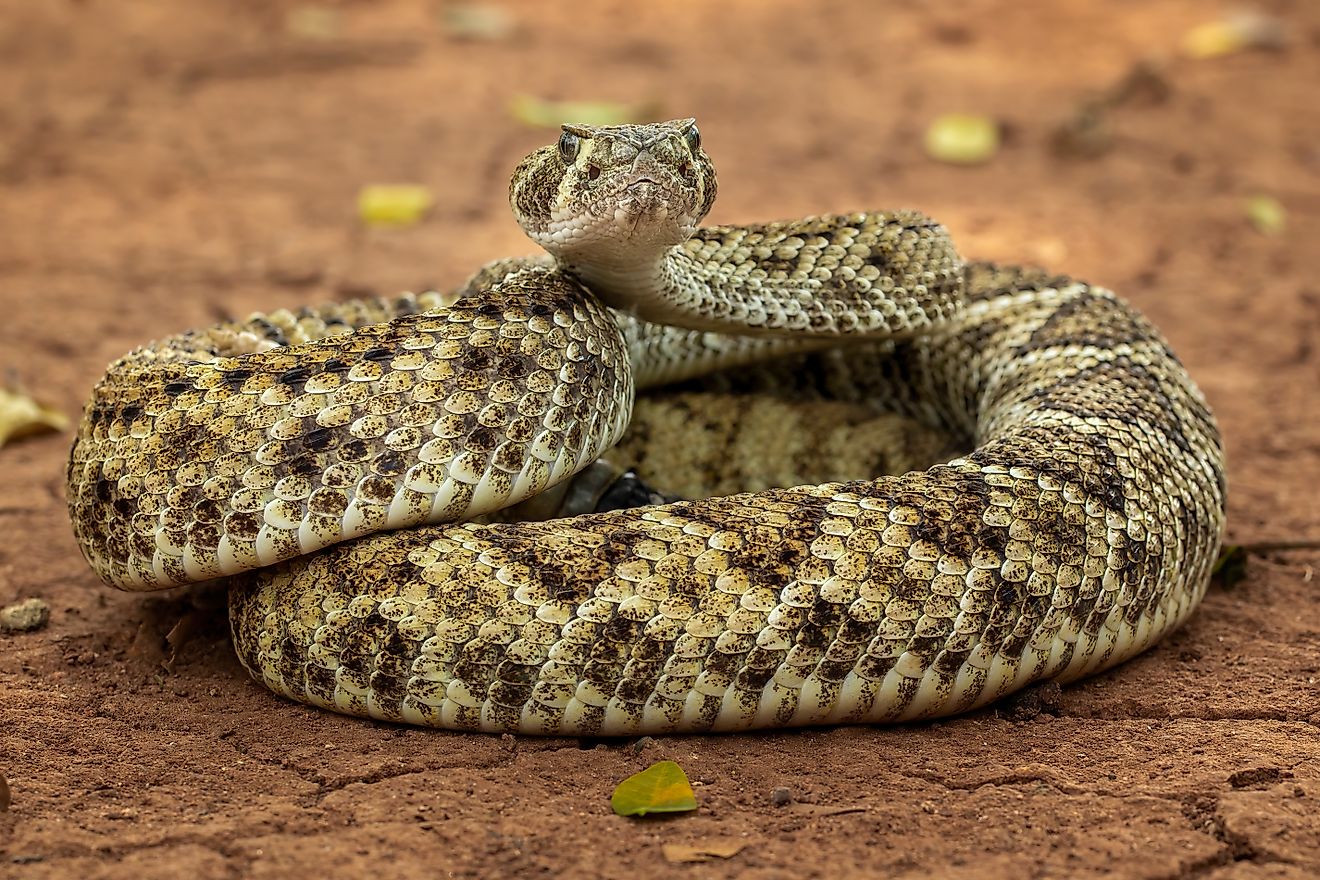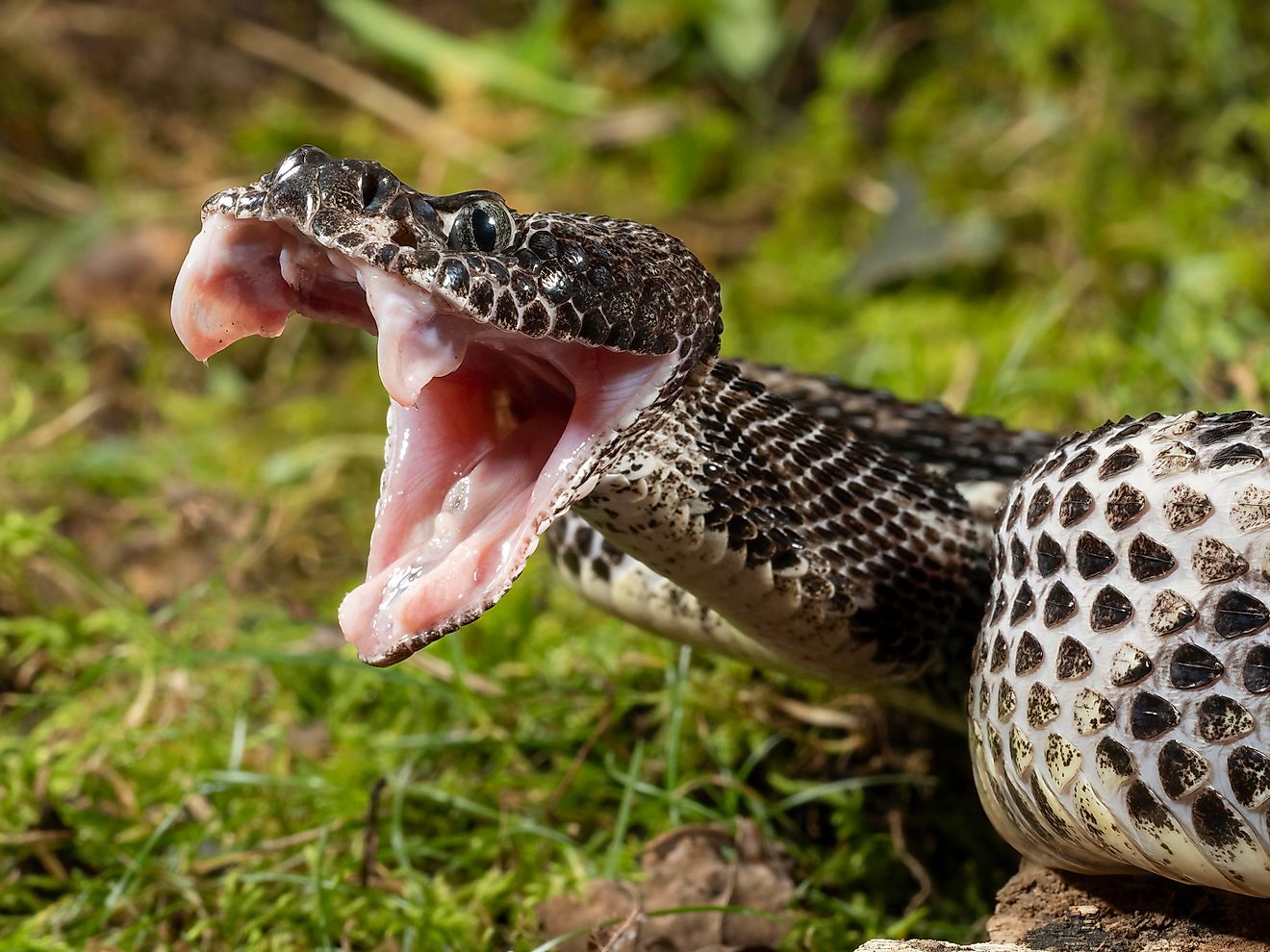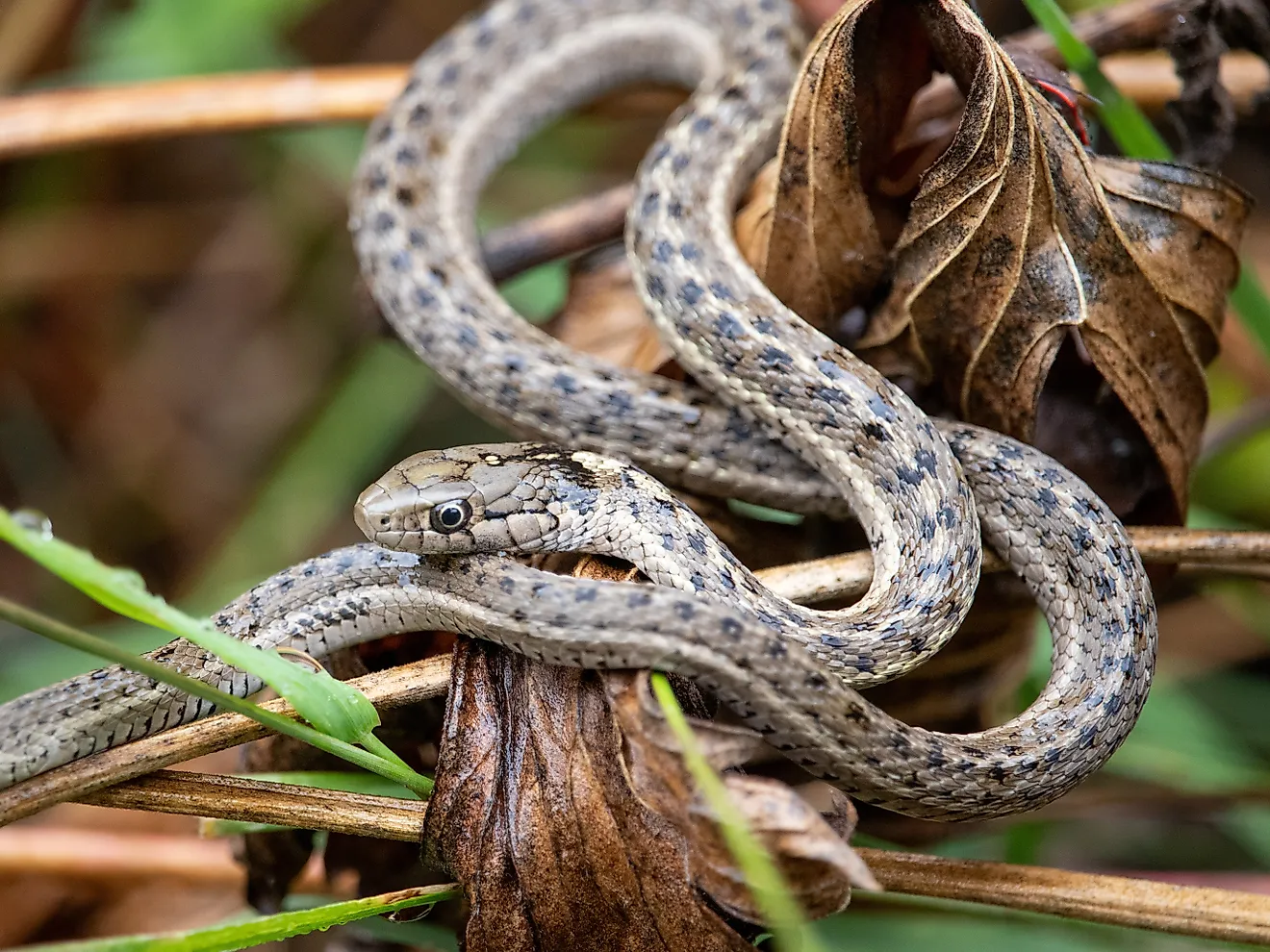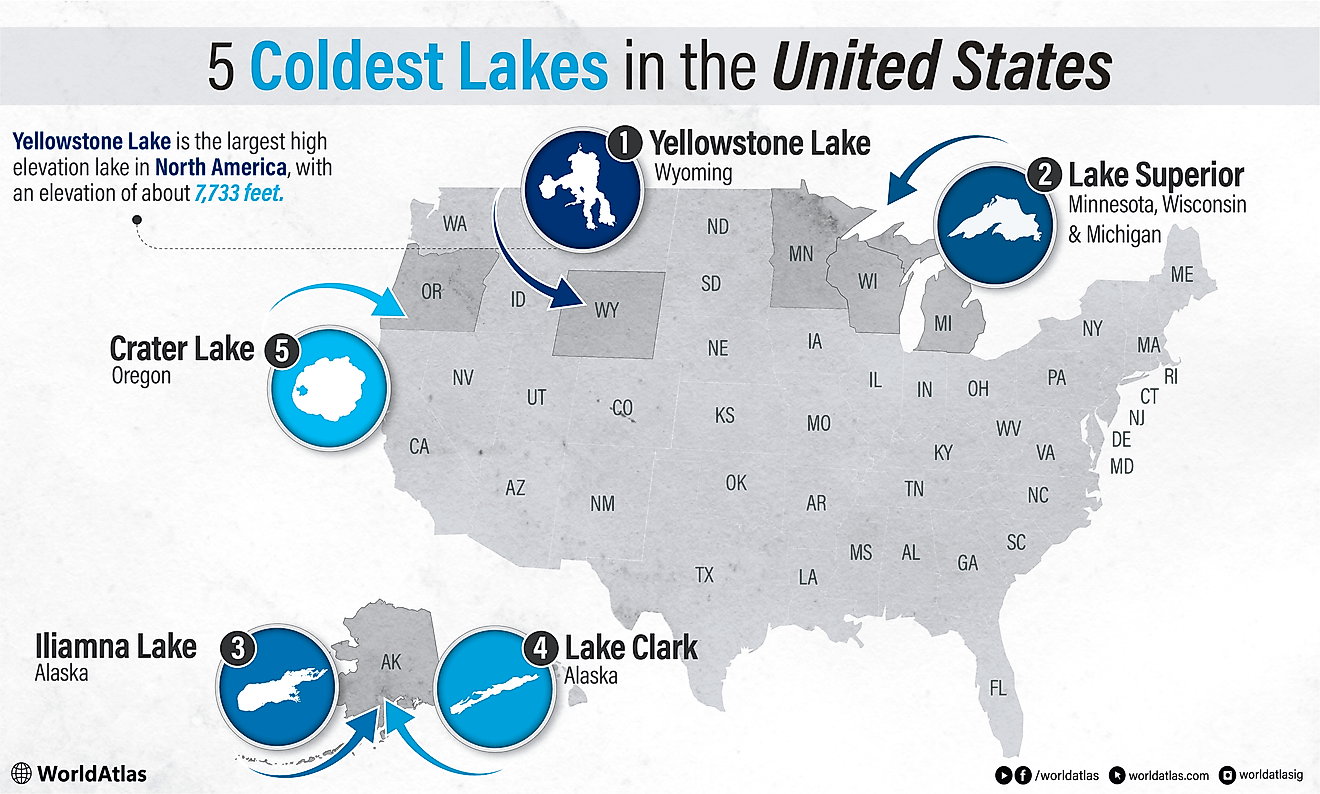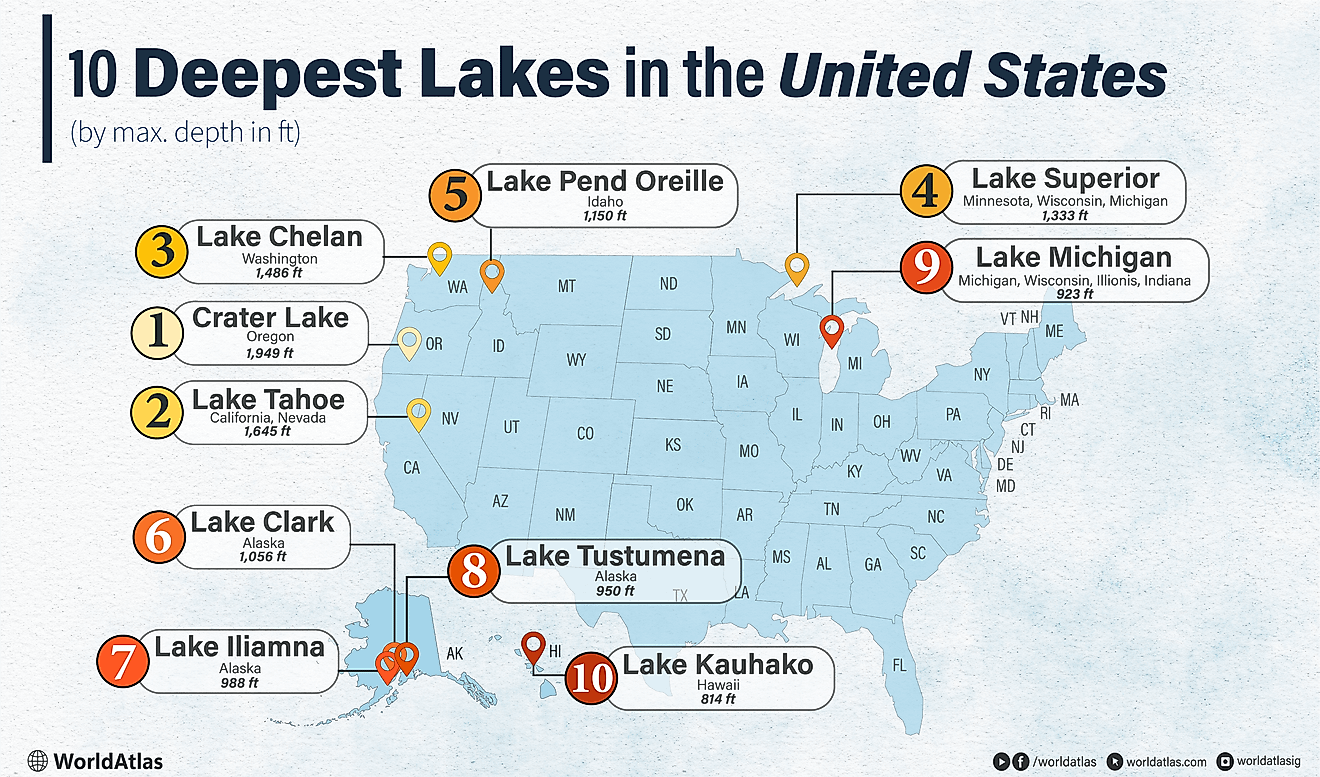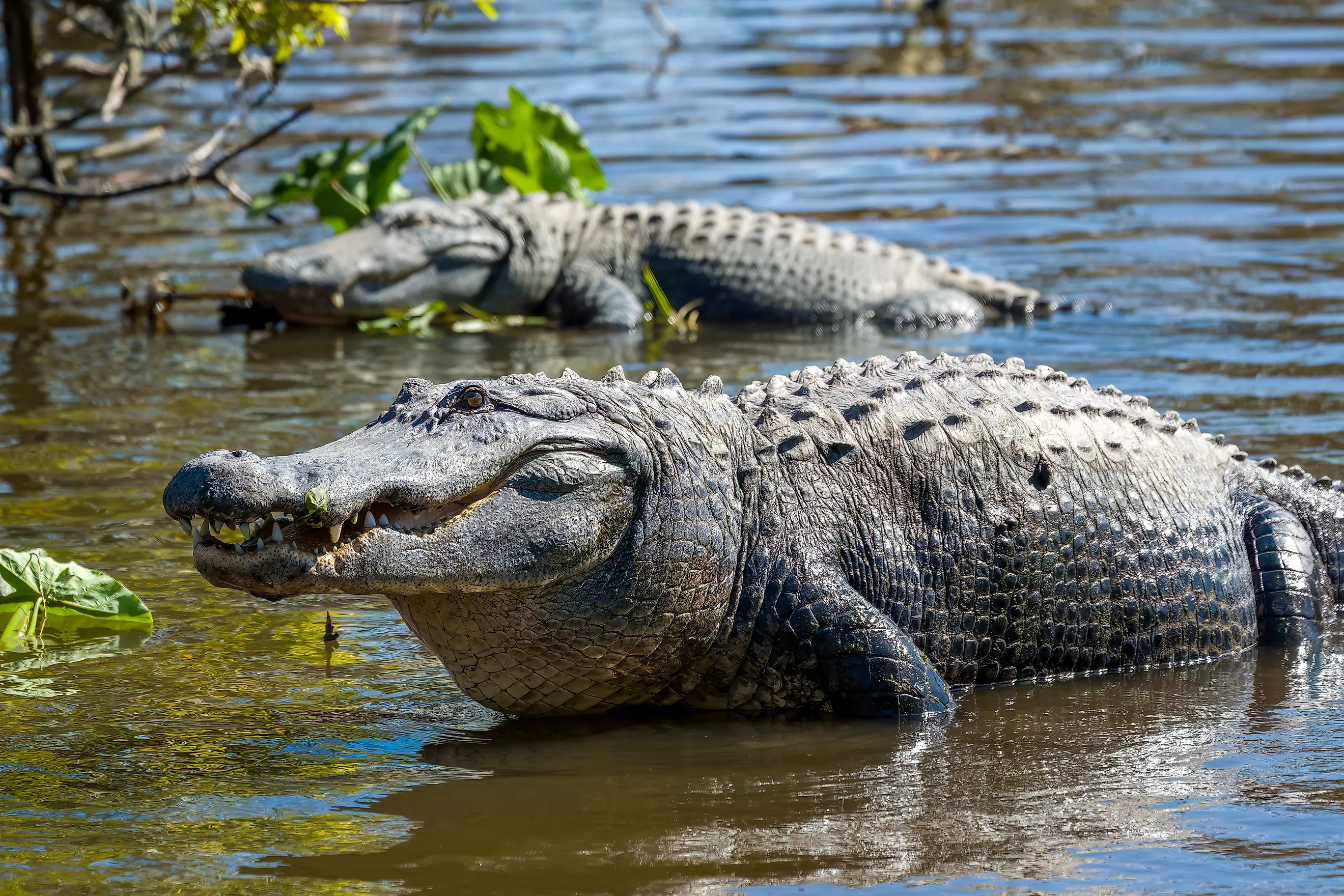
The 5 Most Alligator Filled Rivers In Georgia
Considered a conservation success story in Georgia, it’s hard to believe that the American alligator (Alligator mississippiensis) was listed as endangered in 1967 due to loss of habitat and unregulated hunting. Today, the Peach State is home to between 200,000 and 250,000 alligators, with most of the gators lurking in the marshes, swamps, and rivers south of the “Fall Line,” a natural geographic boundary that separates the hilly Piedmont region from the flat Coastal Plain, running through Augusta, Columbus, and Macon. Today, there are so many alligators that the state now regulates an annual alligator hunt from mid-August to early October. For most visitors, though, the thrill comes from simply catching a glimpse of these ancient reptiles in the five most alligator-filled rivers in Georgia.
Altamaha River
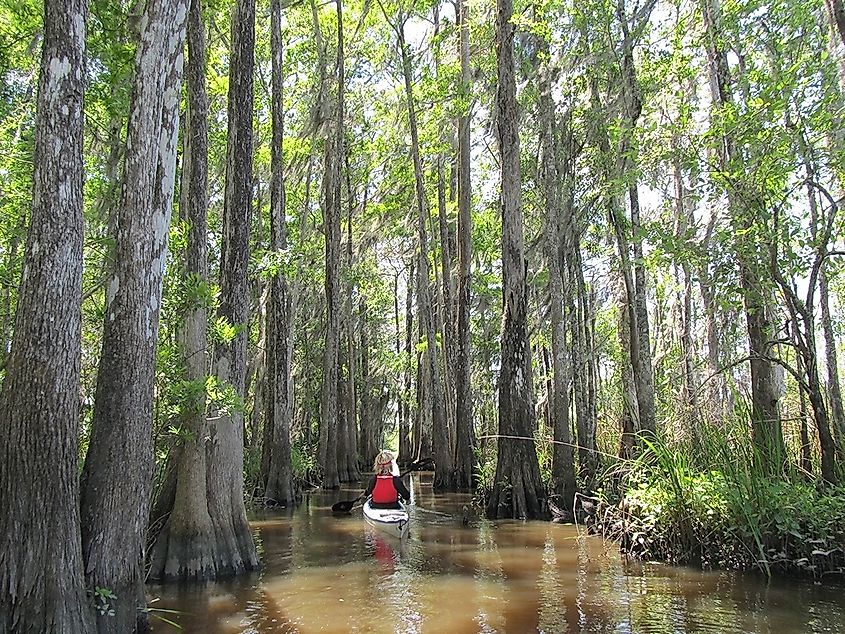
The Ocmulgee and Oconee Rivers flow through central Georgia before merging to form the Altamaha River, one of the state’s largest and most ecologically significant waterways. Nicknamed Georgia’s Little Amazon, the river is home to the largest concentration of rare species of any river in the state, including 7 endangered mussel species found nowhere else in the world, as well as over 120 species of rare and endangered plants or animals. The longest free-flowing river on the East Coast, the freshwater river stretches 137 miles long, with its network of swamps and marshes creating the perfect habitat for large alligator populations, making it one of Georgia’s most alligator-filled waterways. It also has a reputation for producing some of the biggest gators in Georgia, with reports of alligators reaching over 12 feet in length not uncommon.
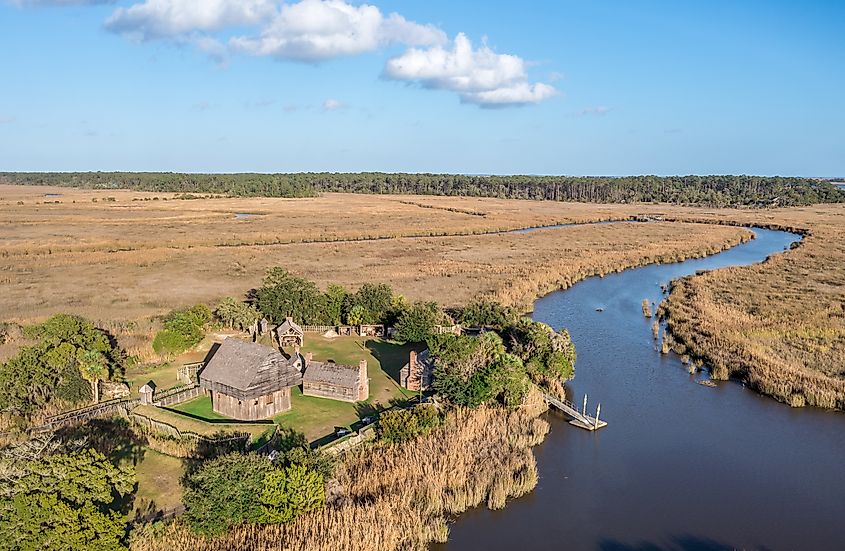
The abundance of massive alligators may explain some sightings, but not all of them. Local lore has it that the Altamaha-ha sea monster, also known as “Altie,” lives in the marshes surrounding the Altamaha River. The creature, a Loch Ness-type monster with an alligator-shaped head and long neck, has been sighted at the Fort King George Historic Site. To learn more about Georgia’s sea serpent, visit the Darien-McIntosh Regional Visitor Information Center, where you can snap a selfie with him.
Satilla River
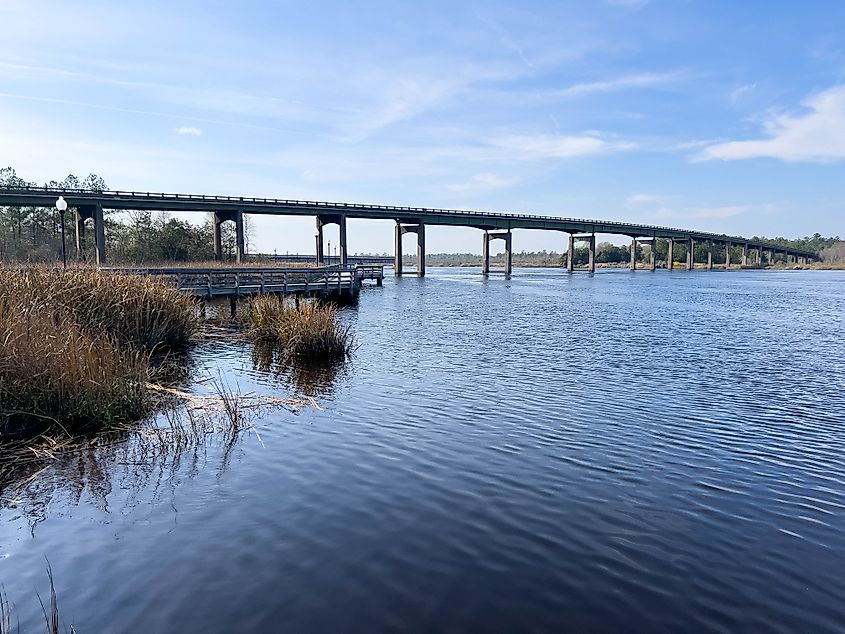
The Satilla River begins near the Okefenokee Swamp, one of the most famous wetlands in North America. Flowing east for approximately 235 miles across Georgia’s coastal plain to the Atlantic Ocean, the river gets its dark, tea-colored water from the swamp’s tannin-rich vegetation. This connection to the Okefenokee makes the Satilla a haven for wildlife like alligators, river otters, and wading birds, and one of the most scenic blackwater rivers in the South.
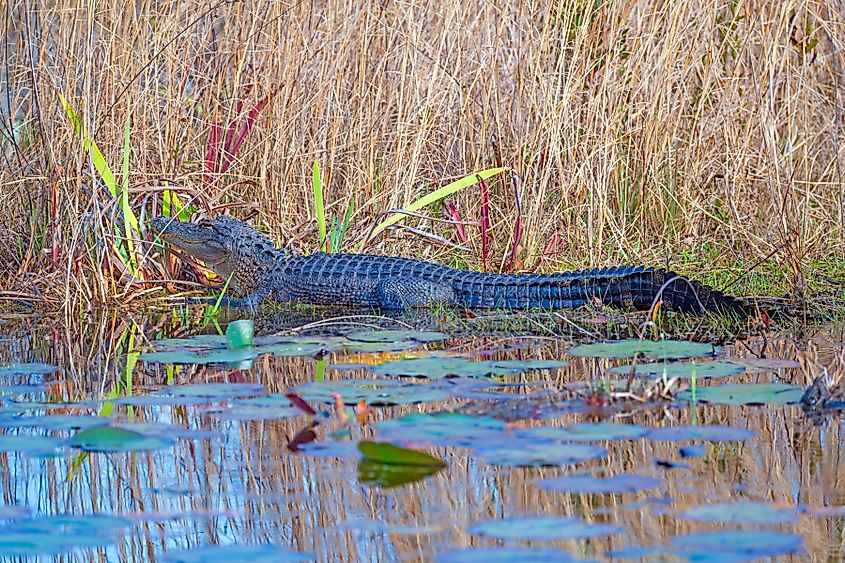
While alligators can be found in the waters and along the banks of the river, the Okefenokee National Wildlife Refuge, part of the Satilla River basin, is especially popular with outdoor enthusiasts. You can explore the area by boat, kayak, or canoe, offering a unique view of the river’s wildlife, including alligators. Consider booking a 2-hour guided tour with Okefenokee & Satilla Expeditions, led by a naturalist who can identify the best alligator-spotting locations along the way.
Ogeechee River
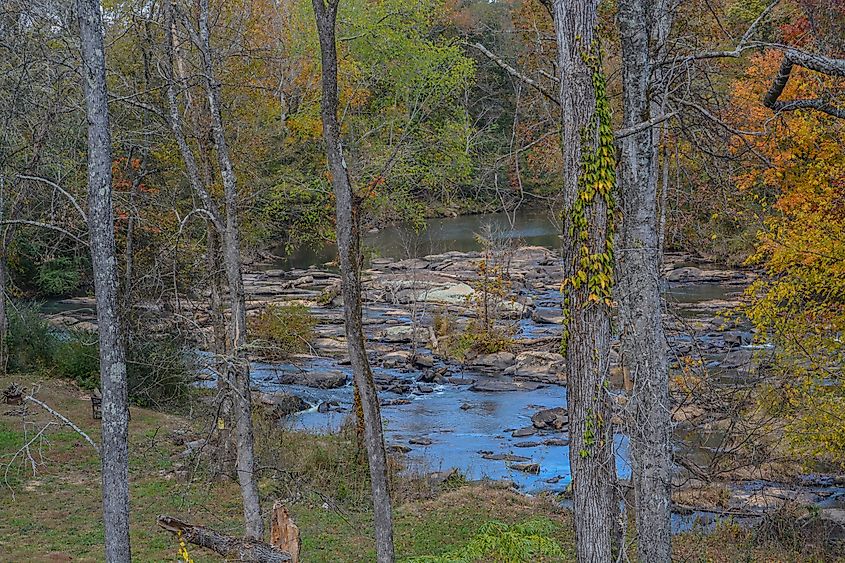
The Ogeechee River is one of the longest rivers in Georgia, beginning and ending within the state. The headwaters of the Ogeechee River are located in the northern Piedmont region. From there, the river flows about 245 miles to reach the coast. A large population of deer, raccoons, otters, beavers, and mink relies on the Ogeechee River Basin for food, water, and shelter, and the endangered shortnose sturgeon breeds in the basin. Thanks to its location south of the state’s Fall Line, alligators have been reported in the river. During the 2011 and 2016 alligator hunts, several gators, including a 12-foot-three-inch specimen, were legally caught, tagged, and pulled from the Ogeechee.
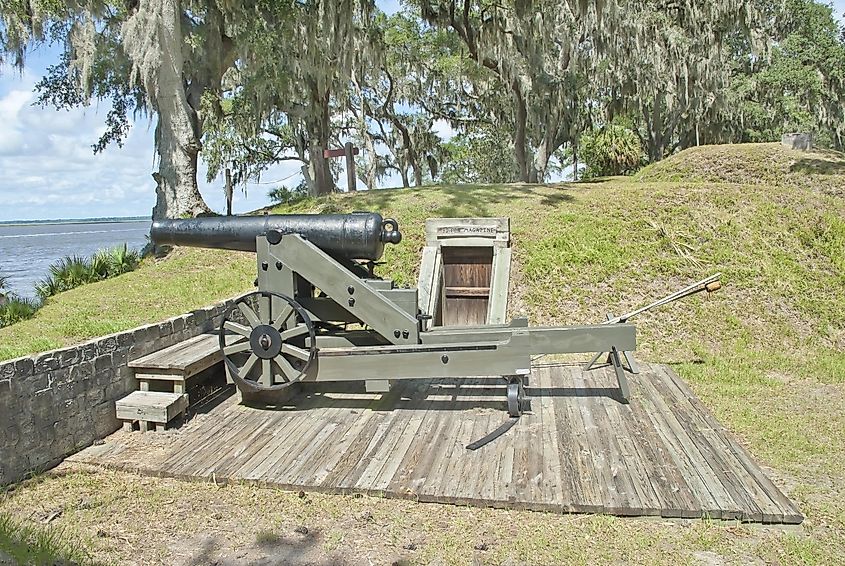
Along the river, several alligator sightings have occurred in the marshes, tidal creeks, and freshwater river tributaries around Fort McAllister State Park, the site of the last battle of the American Civil War fought in Georgia. This scenic spot blends natural beauty with Civil War history, where you can see well-preserved earthen fortifications, cannons, bombproof barracks, and more.
Savannah River
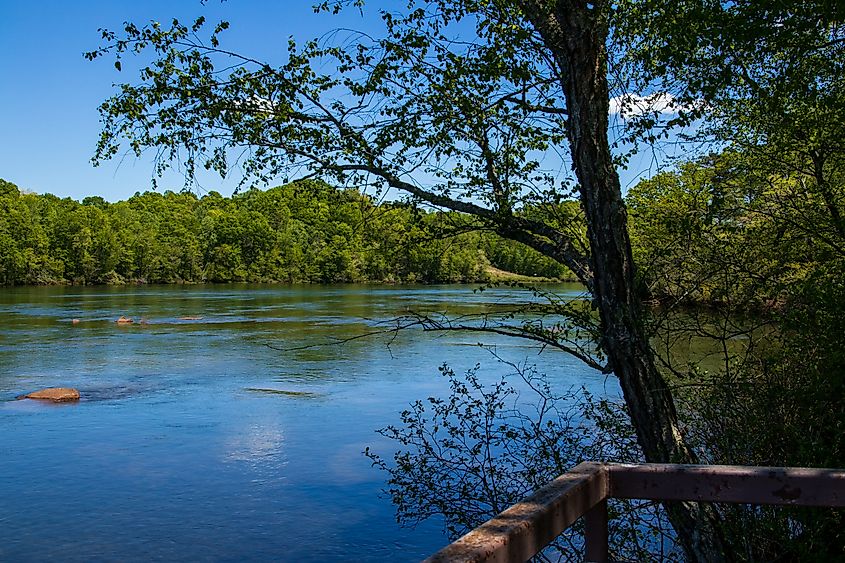
The Savannah River is one of the most beautiful rivers in Georgia. The city of Savannah is situated on the 300-mile river, which forms part of a tidal freshwater and upper estuary system. As a result, the Savannah River around downtown is predominantly freshwater, but as you move toward Tybee Island and the river's mouth, it gradually transitions into brackish and then saltwater. Alligators are primarily a freshwater species, but they occasionally venture into brackish estuaries or salt marshes, which explains recent sightings on or around the island as recently as June 2025.
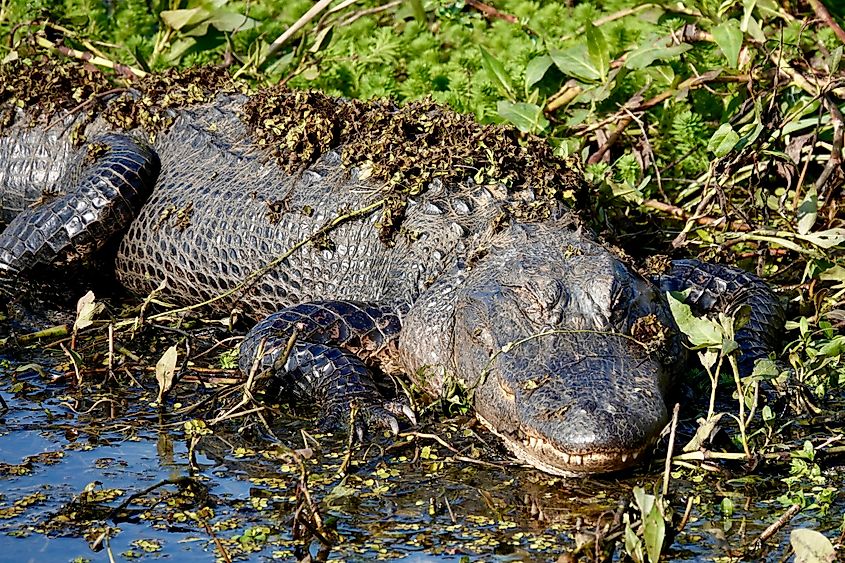
One of the best ways to see alligators near the Savannah River is by visiting the Savannah National Wildlife Refuge, which straddles the Georgia-South Carolina state line. The refuge was primarily established in 1927 as a sanctuary for migratory birds and lies in both states, encompassing over 30,000 acres. Reptiles like alligators, eastern diamondback rattlesnakes, cottonmouths, spiny softshell turtles, and more can be found year-round in the refuge, and are best spotted on the 4.5-mile Laurel Hill Wildlife Drive.
St. Marys River
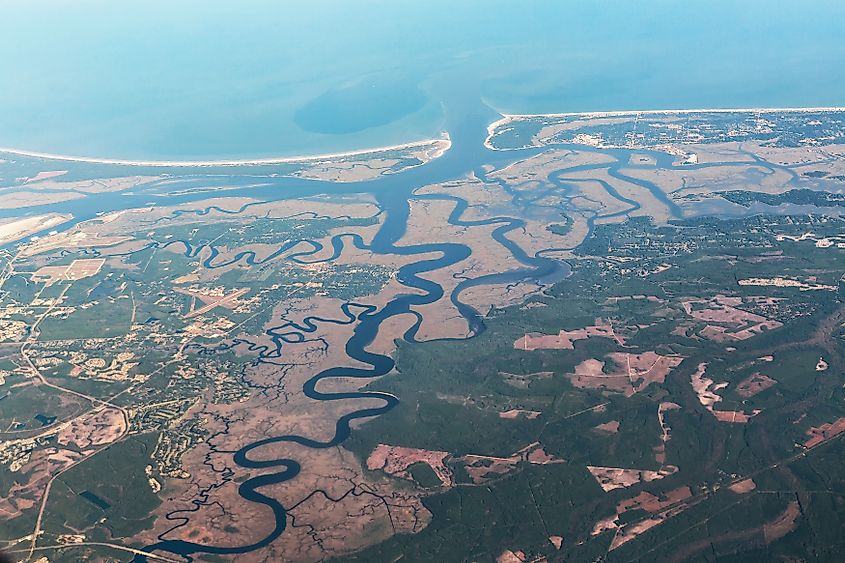
The 126-mile St. Marys River forms a portion of the border between Georgia and Florida. The river starts in the Okefenokee Swamp and meanders into the Atlantic Ocean, changing physically along its route from narrow and winding at its headwaters to broad and swampy in the middle, until it reaches Cumberland Sound, where the tides result in freshwater and saltwater marshes.
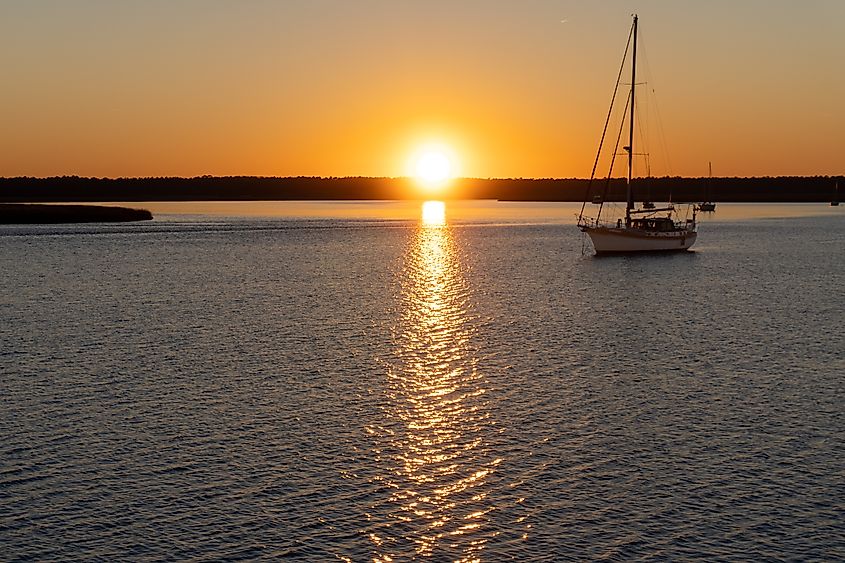
The best way to spot gators along the St. Marys River is by taking the ferry from downtown St. Marys to the Cumberland Island National Seashore. If you’re lucky, as the boat crosses the river’s marshy channel, you may see an alligator gliding through the way or basking in the sun on the shoreline. Once you arrive on the largest of Georgia’s barrier islands, the undeveloped nature of its beaches makes it a great place to spot birds, crabs, sea stars, and turtles. Offshore, you may spy a dolphin, a manatee, a North Atlantic right whale, or an alligator.
Georgia’s Five Best Rivers for Alligator Spotting
From blackwater swamps to wide coastal estuaries, Georgia’s rivers offer some of the best opportunities in the Southeast to see American alligators in the wild. Once nearly wiped out, these prehistoric reptiles now thrive across the state’s southern waterways, from the hauntingly beautiful Okefenokee Swamp and the vast Altamaha to the winding St. Marys. Whether you’re gliding through the black waters of the Satilla, exploring the marshes of the Ogeechee, or catching a ferry to Cumberland Island, you’re stepping into prime alligator spotting country.
